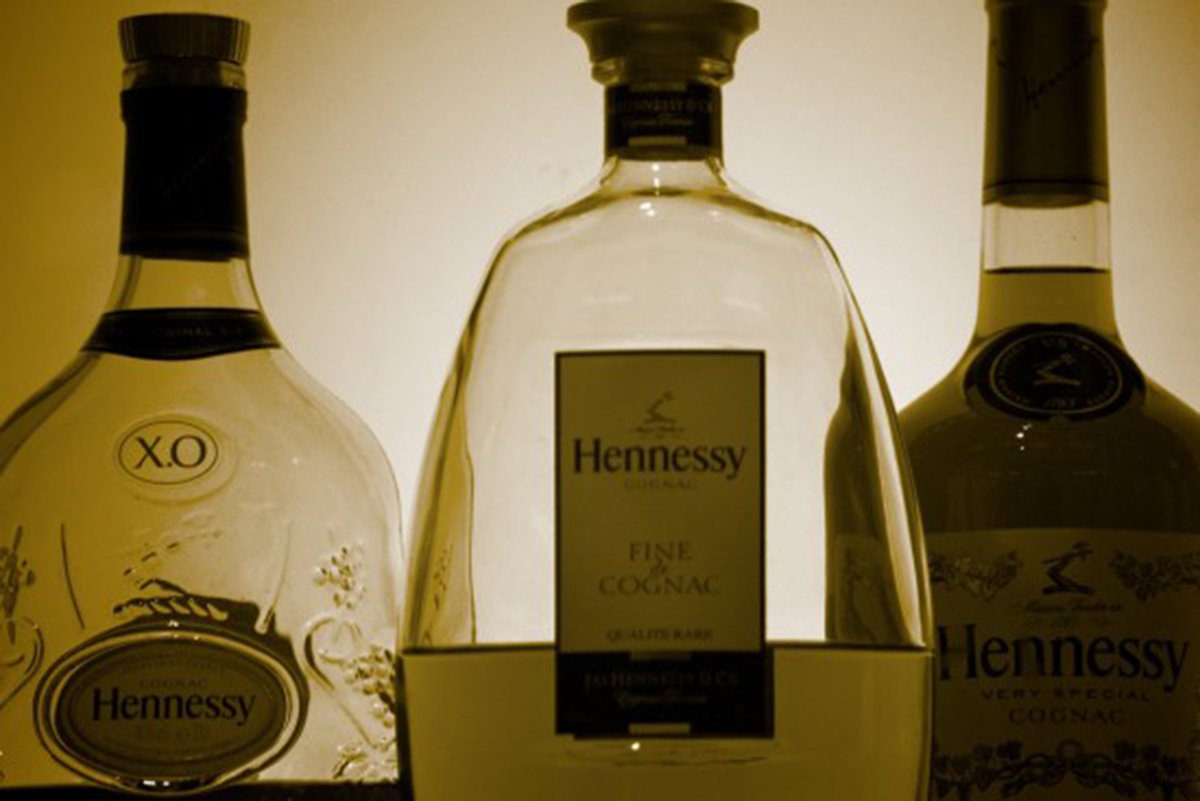Table of Contents
It is important that patients get familiar with a typical residential treatment program because that’s how they will know what to expect.
Detoxification and withdrawal – Treatment should start with a good detox program, usually taking four to seven days. During this period a patient should be taking sedatives to prevent delirium tremens
Medical assessment and treatment – Treating alcoholism also means treating different kinds of alcohol complications such as high blood pressure, increased blood sugar, and liver and heart disease.
Psychological support and psychiatric treatment – Every good treatment program should offer couple and family therapy, because family support can be an important part of the recovery process

Drug treatments
Disulfiram (Antabuse®): This alcohol-sensitizing drug does not cure alcoholism, nor can it remove the compulsion to drink. It does, however, produce a severe physical reaction to alcohol that includes flushing, nausea, vomiting and headaches.
Naltrexone (ReVia®): This drug is known to block the narcotic high, thereby reducing the urge to drink.
Acamprosate (Campral®): This anti-craving medication may help an alcohol addict combat alcohol cravings and remain abstinent from alcohol.
Vivitrol: Recently a major breakthrough has happened - the FDA approved the first injectable anti-alcohol drug. Vivitrol is nothing more then a version of Naltrexone (see above). Vivitrol is injected into the buttocks once a month by a health care professional; it reduces the urge to drink by blocking neurotransmitters in the brain thought to be associated with alcohol dependence.
READ Celebrating Christmas And New Year Without Alcohol: The Most Delicious Non-Alcoholic Drinks
Alcoholism prevention
Recognizing a family history of alcoholism may help prevent possible cases of alcoholism. This is an important step toward seeking treatment before alcohol use or abuse progresses to alcoholism.
Early intervention is crucial in preventing alcohol dependence in teenagers. Alcohol use among teens increases dramatically during high school years.
Family and surroundings of a possible addict are also important. For young people, the likelihood of addiction depends on the influence of parents, peers, and other role models.
- WWW.FDA.GOV
- www.webmd.com/mental-health/alcohol-abuse/understanding-alcohol-abuse-treatment
- en.wikipedia.org/wiki/Twelve-step_program
- image: www.trendyink.net
- Photo courtesy of Cristiano Betta by Flickr : www.flickr.com/photos/cristiano_betta/3361290022/

